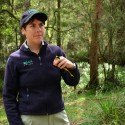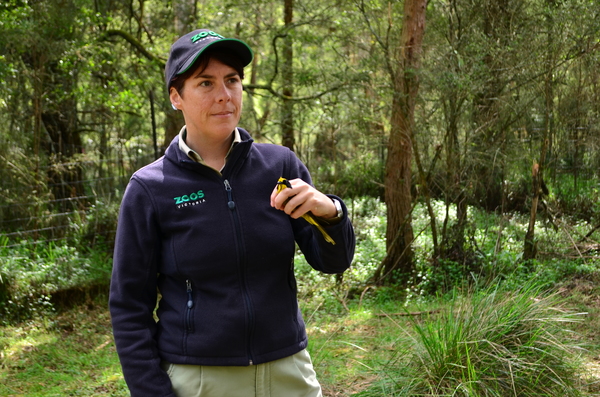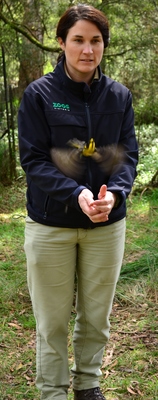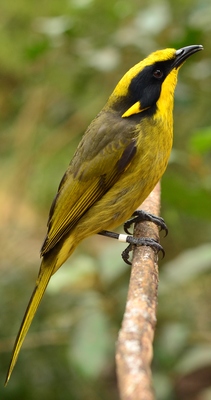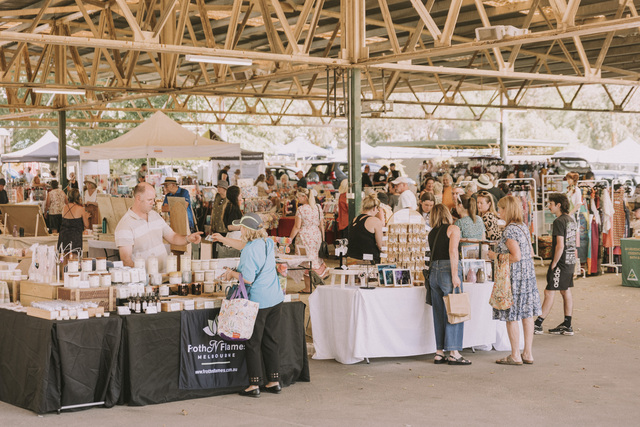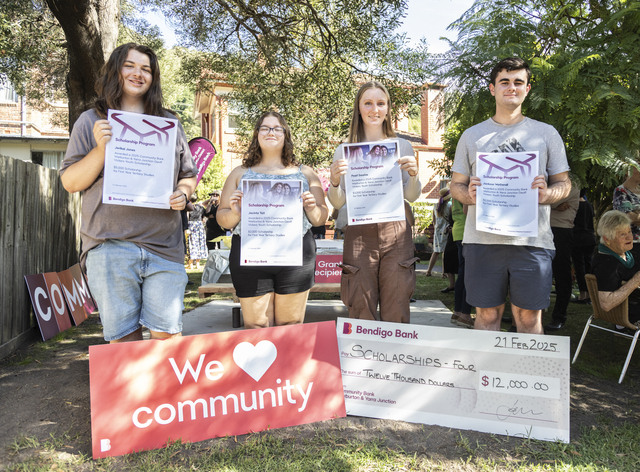By VICTORIA STONE-MEADOWS
ZOOS Victoria last week released a new batch of helmeted honeyeaters into the wild at a nature conservation reserve in Yellingbo.
The critically endangered bird is the state emblem of Victoria and various conservation groups have been working tirelessly to preserve and increase the wild population of the bird.
When the helmeted honeyeater population conservation program in Yellingbo began in 1989, the bird population was around 50 wild birds.
After the release of 18 new birds into the conservation reserve last week, the wild population has risen to 150 birds, each with an identifying ankle band for monitoring.
The increase in population is thanks to tireless efforts from volunteer group the Friends of the Helmeted Honeyeater (FOHEHO), the Department of Environment, Land, Water and Planning (DELWP), Parks Victoria and Healesville Sanctuary.
Healesville Sanctuary had bred the birds in captivity in preparation for release over the last 12 months, including teaching them about predator danger in increase survival rates.
The program trains the helmeted honeyeaters to recognise and hide from natural predators such as goshawks to give them a better chance of survival on the wild.
Karina Cartwright, specialist bird keeper at Healesville Sanctuary said the program had been excellent for the improvement of the survival rate of the helmeted honeyeater.
“Their survival rate has increased substantially,” she said.
“The birds had a 45 per cent survival rate before we introduced this training program, but over the last two years that rate has increased to 90 per cent survivability.”
Along with the training program, DELWP and FOHEHO have spent years replanting natural vegetation in the conservation reserve and monitoring the wild birds.
“We do a lot habitat monitoring and use climate models to select the best site to release the birds,” James Frazer of FOHEHO said.
“Selecting the right spot is vital and makes quite a significant difference,” he said.
“We released 12 birds in 2013, and 12 months later there were still 11 left, only half of those were predator trained.”
DELWP’s main role is to ensure the ongoing survival of the birds in the wild, and is overseen by senior ornithologist Bruce Quinn.
“Basically, we want to save this bird,” Mr Quinn said.
“We’ll be working hard to provide the habitat these young honeyeaters need to survive day-to-day in the wild, and to monitor their health to allow for breeding in the wild.”
Mr Quinn has been working with helmeted honeyeaters for over 20 years, and says he is very pleased to work alongside the other groups.
“It’s wonderful to work with so many wonderful people and to learn from them as well,” he said.

